This Lovecraftian dating-sim defies the bigoted tropes of its past
The developer behind Sucker for Love speaks out about race and sexuality
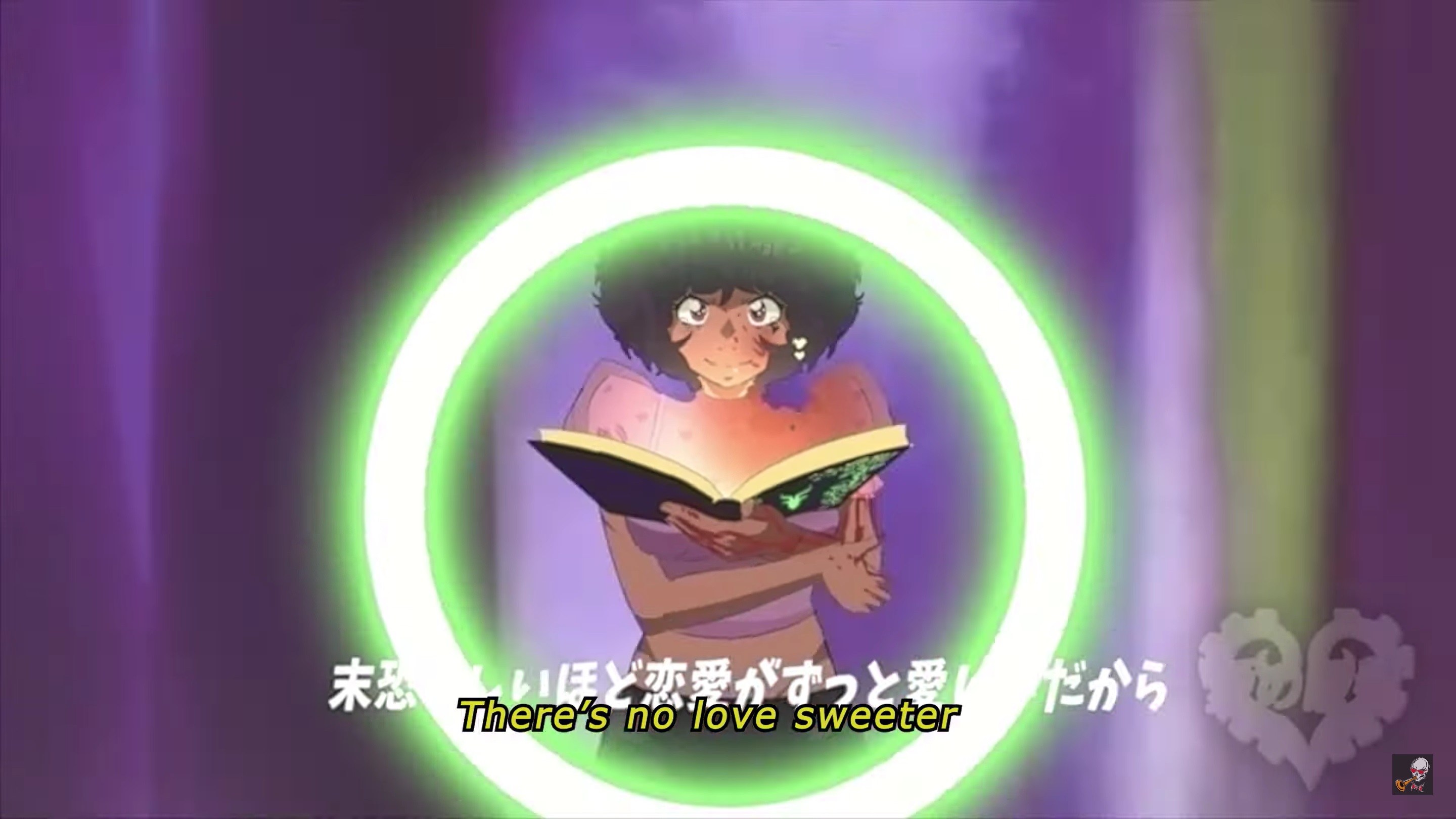
To say that Sucker for Love was a surprise hit is an understatement. Originally a much shorter project that was released in the Dread X Collection 2 in 2021, it quickly gained enough popularity to spin off into its own game titled Sucker for Love: First Date.

Joseph "Akabaka" Hunter, lead developer of Sucker for Love: First Date and Date to Die For. The first version was released under the Dread X Collection 2 and became a hit in the indie scene, which led to the expanded First Date and its sequel currently in development.
Unlike the original version that only featured one lovely cosmic horror date, Ln'eta, the expanded stand-alone game has the protagonist ‘Darling’ dating Ln'eta, Estir, and Nyanlathotep in separate routes that spin off the base original version. Since then, the game has spread like wildfire in the indie community, complete with a passionate and dedicated fanbase and even cute merch in the form of plushies of the eldritch romantic options.
Now with the impending launch of its sequel, Sucker for Love: Date to Die For which stars a new protagonist named Stardust as well as Muu and Rohk'zan (The Black Goat of the Woods), Sucker for Love is breaking even more ground with its story and especially with its lead.
Stardust is not only a woman of color but asexual as well, and the creator and lead developer had much to say about her, the reasons for her conception, and how that ties into larger themes.
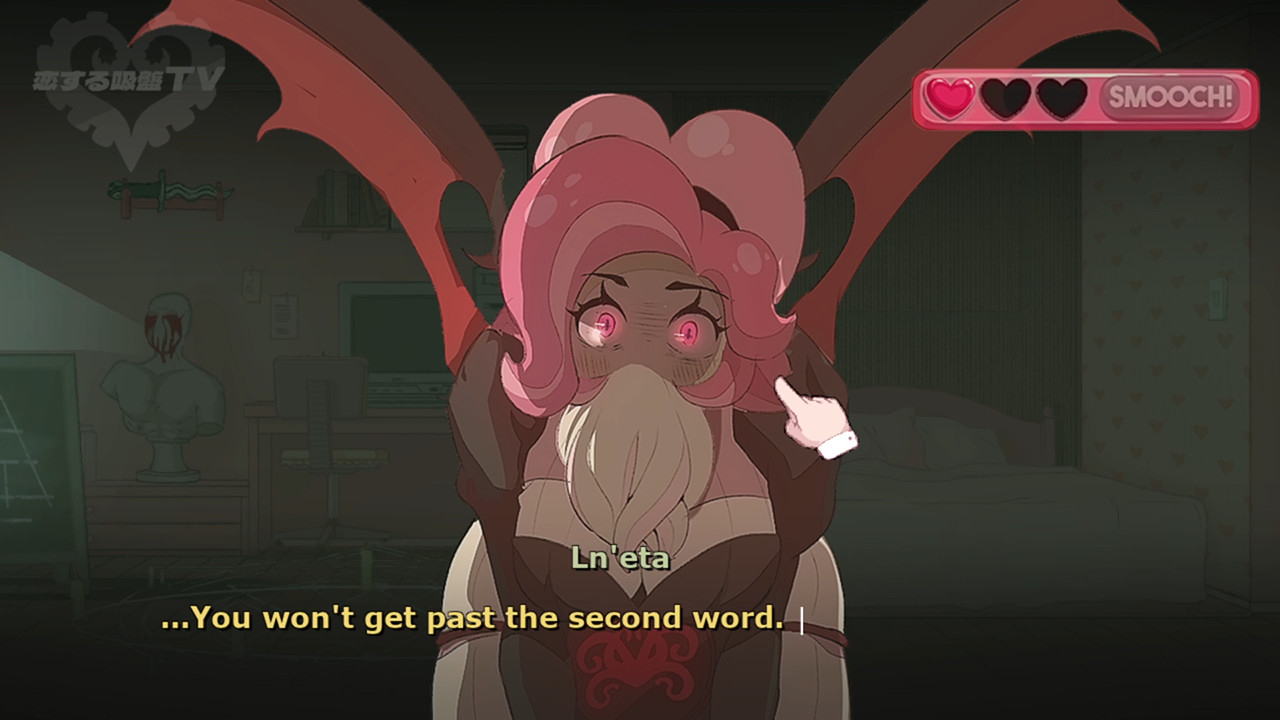
The success of Sucker for Love and everything after
Joseph Hunter, aka Akabaka, first released the title under the Dread X Collection 2, which was a game jam that was run by publisher DreadXP. This particular collection had the theme of ‘Love Crafting,’ which meant that each game needed to incorporate love mechanics, crafting mechanics, and Lovecraftian Horror.
While Hunter felt that he wasn’t ready for a dedicated horror game, he played to his strengths by creating an anime-esque dating sim with horror themes, similar to Doki Doki Literature Club. And it ended up working in his favor in a big way, as the horror dating sim became a huge hit within the indie community of gamers, which led to him releasing a new version called Sucker for Love: First Date.
After that game became an even bigger success, he announced the sequel to First Date, Date to Die For, which is currently available to wishlist on Steam. Said sequel is a loose adaptation of the H.P. Lovecraft novella Shadow Over Innsmouth, in which a student’s detour into the title village exposes him to horrors beyond his comprehension.
Get daily insight, inspiration and deals in your inbox
Sign up for breaking news, reviews, opinion, top tech deals, and more.
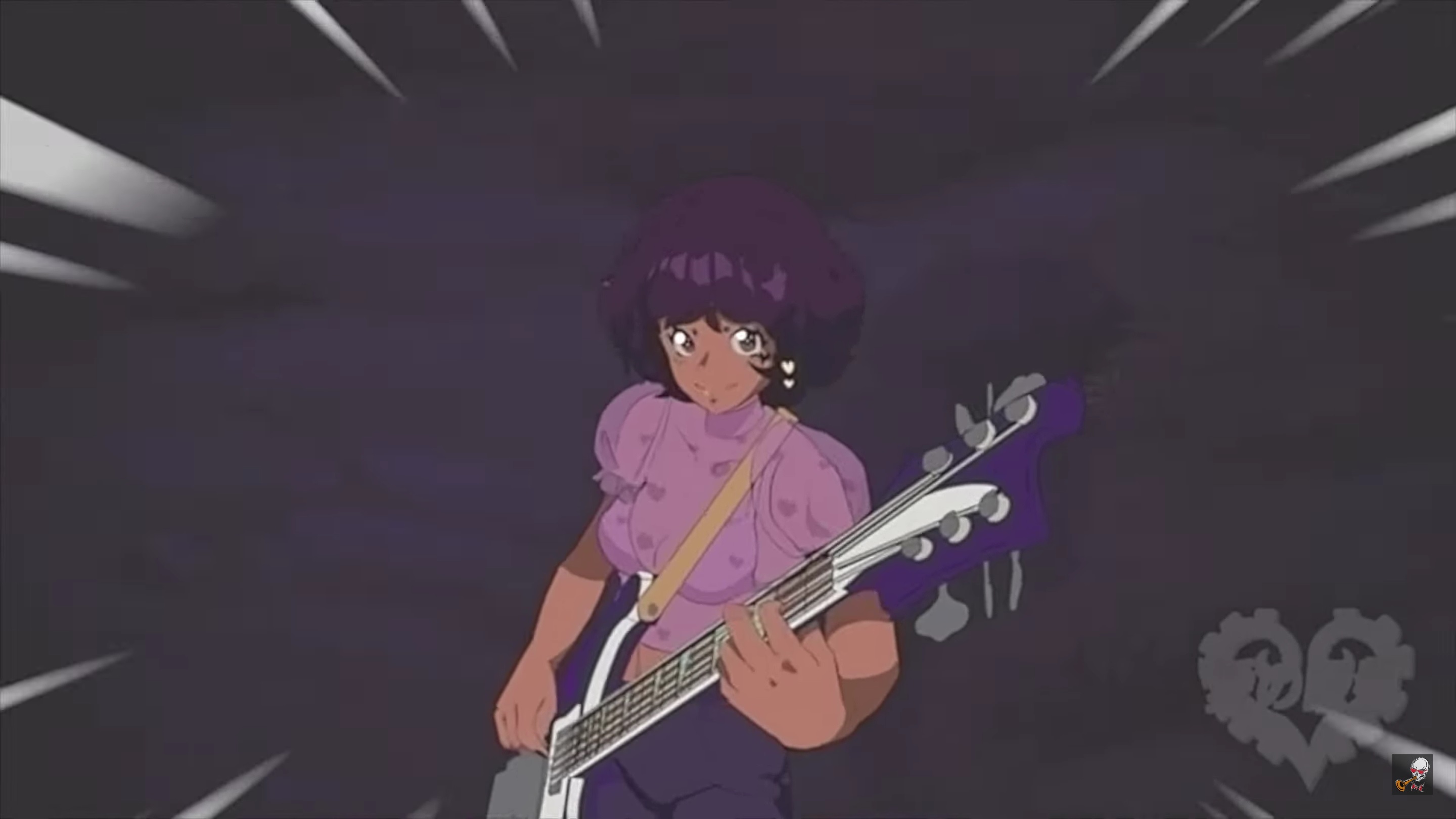
Turning racist tropes on their head
However, as Hunter points out, what ends up hampering Shadow Over Innsmouth and many other of H.P. Lovecraft's works is that he tried “to play to the fear of the unknown. And then the monsters or creatures that he’s using are just, you know, metaphors for the guy living down the street, which is hardly unknown.” And this was a problem that Hunter faced while adapting this story, namely how to incorporate the themes and horrors of it without reproducing the xenophobia and racism of the original work.
Hunter turned to another work in order to learn how to tackle this issue. Lovecraft Country, both the book and the HBO show it inspired, adapted Lovecraft’s mythos by taking the racist themes present in H.P. Lovecraft's works and using them to portray the very real dangers and horrors surrounding Black people and racism.
There was an episode in the series called Greenroom that Hunter was particularly inspired by, which featured a group of Black people traveling through a sundown town – a place dominated by white people who use all the systems tipped in their favor to threaten, intimidate, and exclude people of color –, with the episode “dripping with all of this evil, this tension and terror.” And this scene paralleled perfectly with what Hunter was trying to achieve in his own adaption, because even though Lovecraft was “trying to describe the feeling of being white and traveling through a minority ghetto,” Hunter realized those same emotions, once stripped of its racist origins, reflect how a minority would feel being exposed to the real dangers of traversing through a sundown town.
So hopefully in a way, it's like bringing the black experience into the game, but in a way that everybody can feel it. And relate to it
Joseph Hunter, Sucker for Love
Much like any other horror media, a black person in a white sundown town would have no support systems or safe havens as everyone is with the dominating group and poses a serious and instant threat. And because you overtly look different from said group, it immediately outs you as part of the othered group.
This concept of stripping down the elements of a horror work to its bare essentials is used to great effect in Date to Die For, all the cult members that Starlight encounters in the forest have the “sacramental stare” which means their eyes turn purple. It’s a trait that taps into the trope present in both Shadow Over Innsmouth and Greenroom, of the protagonist othered by a defining feature they do or don’t possess, while keeping said feature racially agnostic.
Hunter hopes that this approach is one that ensures that no one will be alienated by the themes of the game. “So hopefully in a way, it's like bringing the black experience into the game, but in a way that everybody can feel it. And relate to it.”
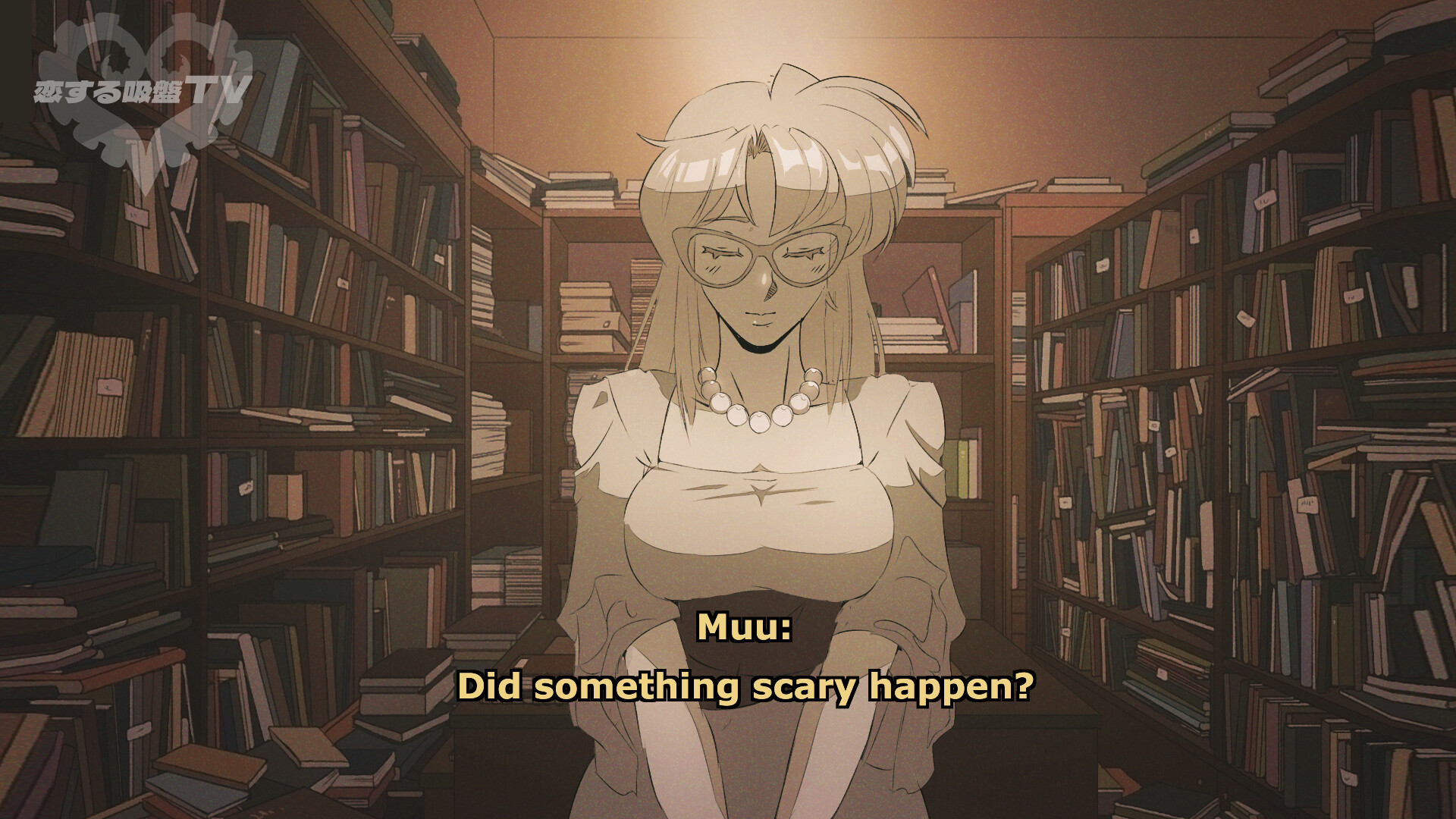
The challenges of writing an asexual character
While the challenges of writing a character of color in an adaptation of a racist work is difficult as it is, Hunter also chose to make that same protagonist an asexual woman as well, which comes with its own set of unique hurdles. And yet for him, that choice worked in perfect tandem with the narrative he created in Date to Die For.
Sucker for Love is unabashedly a love-sim visual novel drenched in horror, and the first protagonist ‘Darling’ reflects that with his love for smooching and dating eldritch ladies. But the new protagonist, Stardust, has no desire for such things and instead is completely focused on her investigation turned survival against a mysterious and violent cult.
The main eldritch goddess of this title is Rhok'zan, The Black Goat of the Woods, who governs over lust and fertility. Hunter believed that a natural pairing for her would be an ace protagonist, as it would create a “more interesting and driving story.” He went on to explain that his signature with characters and story is playing opposites with them.
Stardust is, bar none, the best character that I could have written for this particular story
Joseph Hunter, Sucker for Love
“So like, if I write a really, you know, tomboyish tough character, I've got to write a really shy, demure one to play a foil to it. If I write a really affectionate one, gotta write a really cold one.” And it does make for a more robust and fascinating dynamic, as we’ve already seen with Nyanlathotep and Estir in particular. Not to mention that, while avoiding spoilers, the very nature of the plot hinges on her being asexual so it’s not simply window dressing but something fundamentally built into the story.
However, that’s not to say writing an asexual woman was smooth sailing either, as he had to portray a character outside of his own orientation accurately and sensitively. And one of the main points he kept in mind was to permit Stardust to have struggles outside of her own sexuality, which is something he struggled to see with his own race. He was able to create a fully fleshed asexual character because he “didn't make that her only defining feature. There's plenty of struggles and conflicts and purposes for Stardust.”
Hunter didn’t leave writing asexuality to himself either, and made sure that he had friends who were asexual sensitivity read over the script. And in his words “everything went smoothly and they were glad for the representation. It, across the board, seems very faithful to everything I wanted to represent in the game.”
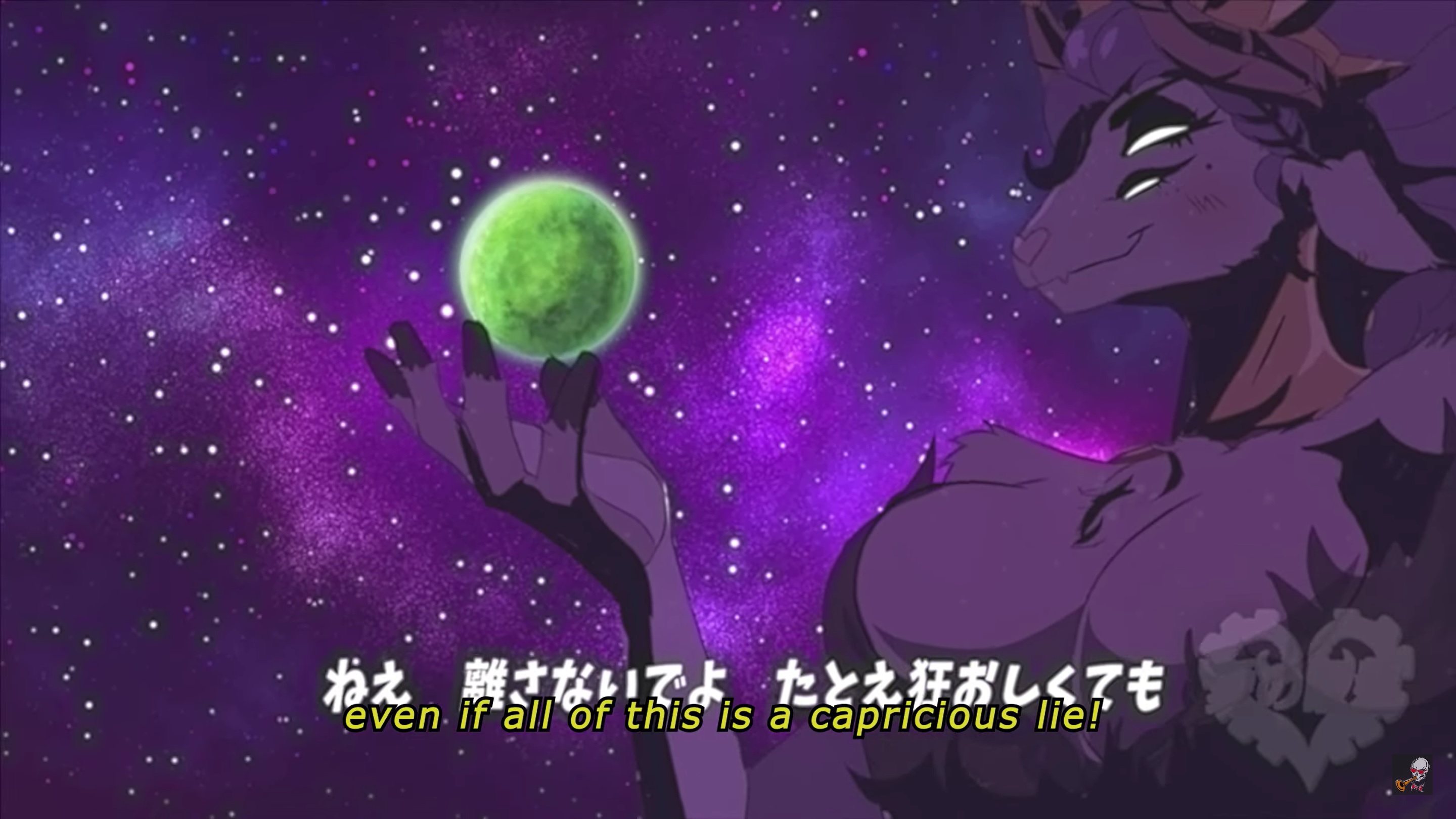
The future of Sucker for Love and final thoughts
When I asked if there were any final messages he wanted to share about Sucker for Love, Hunter gave me three very thoughtful answers. He stated that the first game was a counterpoint to the main theme of Lovecraft horror, that humans are afraid of the unknown. He doesn’t believe that to be the case at all. “Since from the beginning, we've been explorers, we've been adventurous adventurers, astronauts, sailors, you know.”
The second was in response to another Lovecraftian theme that he disagrees with, that in infinite space there’s only infinite horror. “In a space of infinite volume, there's also infinite good as well. That wherever there's horror beyond our comprehension, there also has to be beauty beyond our comprehension, too.”
In a space of infinite volume, there's also infinite good as well
Joseph Hunter, Sucker for Love
His final message is in consideration of the character Stardust herself, aimed at those who might try to dismiss her as fulfilling an arbitrary diversity quota. “Stardust is, bar none, the best character that I could have written for this particular story. And it's the best vehicle for me to tell this story to everybody.” So for anyone on the fence, give Stardust and the game a shot because there’s plenty of depth in her story to tell.
Thankfully, this won’t be the last chapter in the Sucker for Love saga. While there isn’t a working title for the third iteration, Hunter stated that he would attempt to include as many of the Eldritch deities as he can. “And so I'll be trying to, sort of as a final send-off to the IP, just be going for the glory here and trying to turn every single one of his horrifying Gods beyond perception into a cutesy animate girl, or boy.”
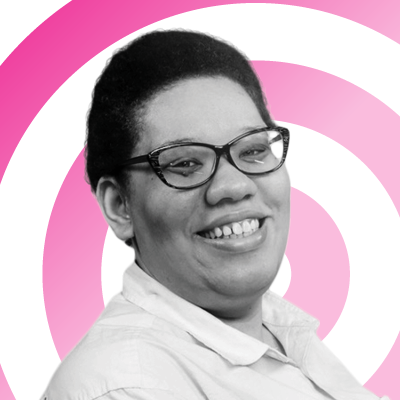
Named by the CTA as a CES 2023 Media Trailblazer, Allisa is a Computing Staff Writer who covers breaking news and rumors in the computing industry, as well as reviews, hands-on previews, featured articles, and the latest deals and trends. In her spare time you can find her chatting it up on her two podcasts, Megaten Marathon and Combo Chain, as well as playing any JRPGs she can get her hands on.